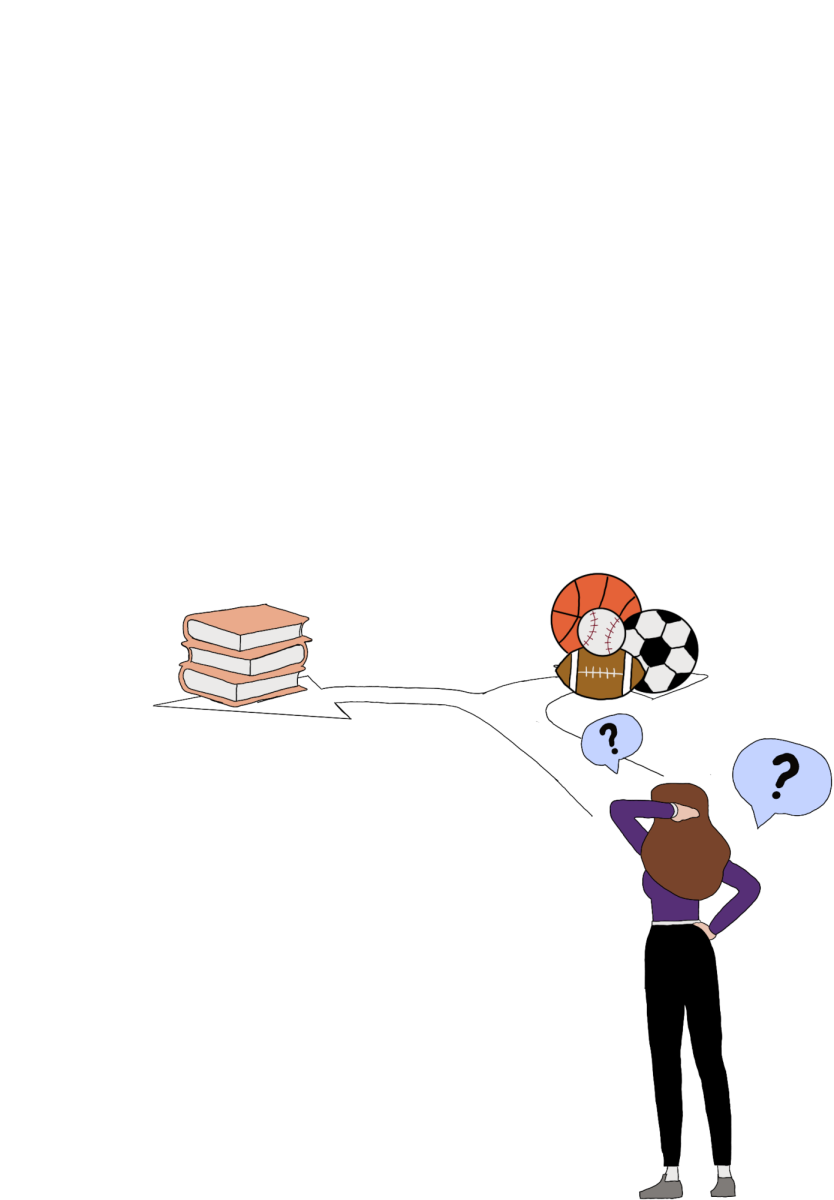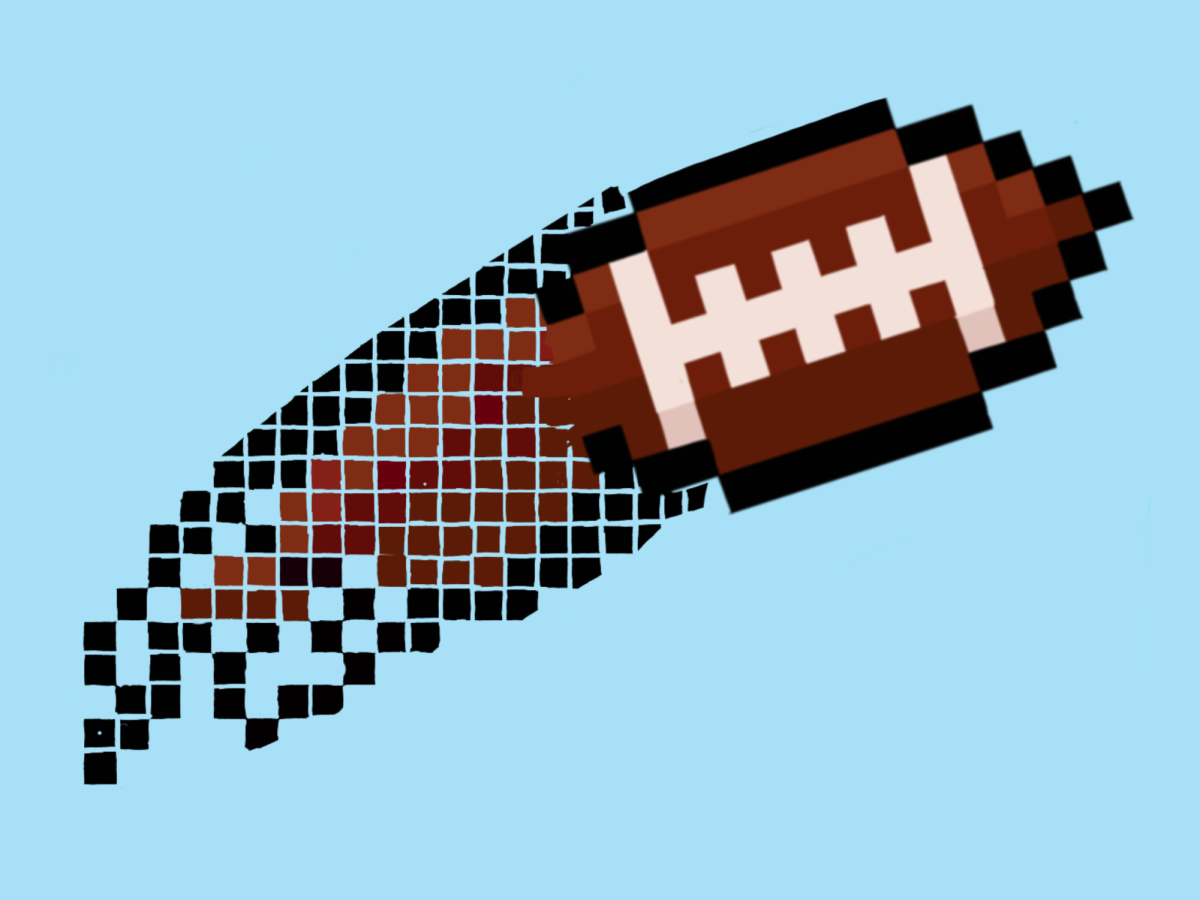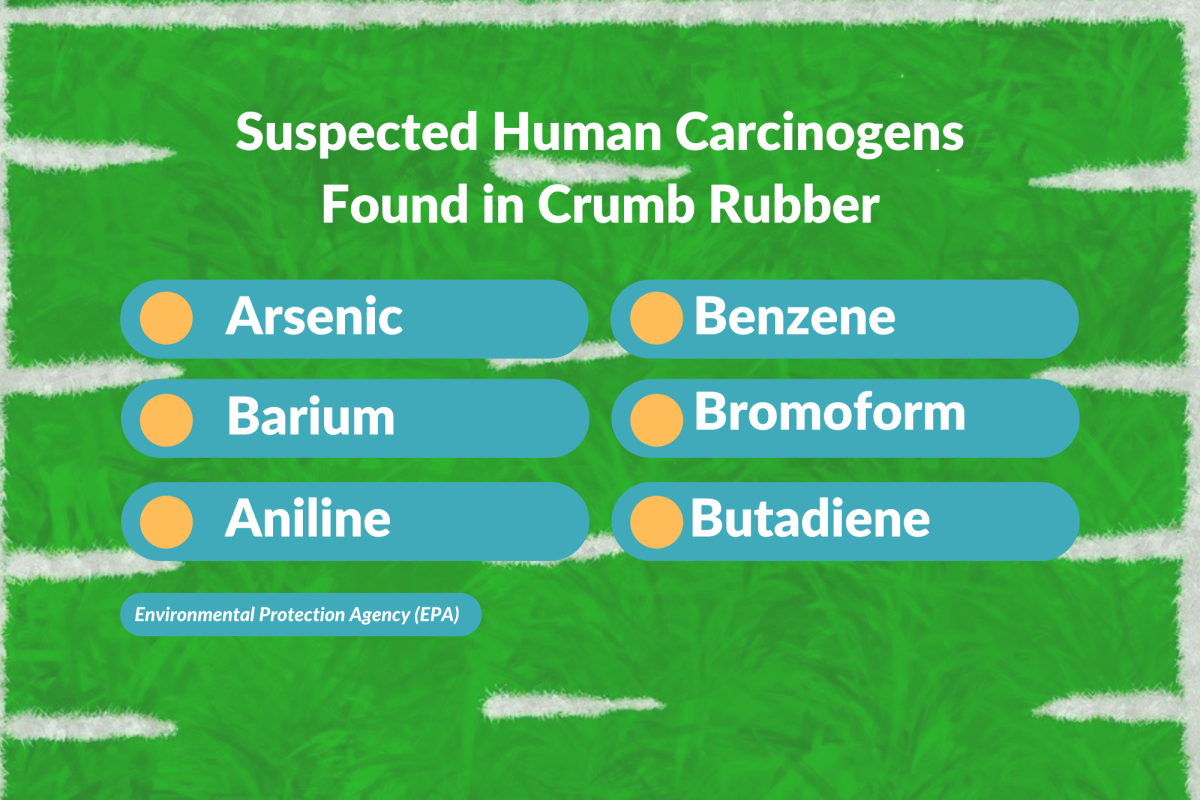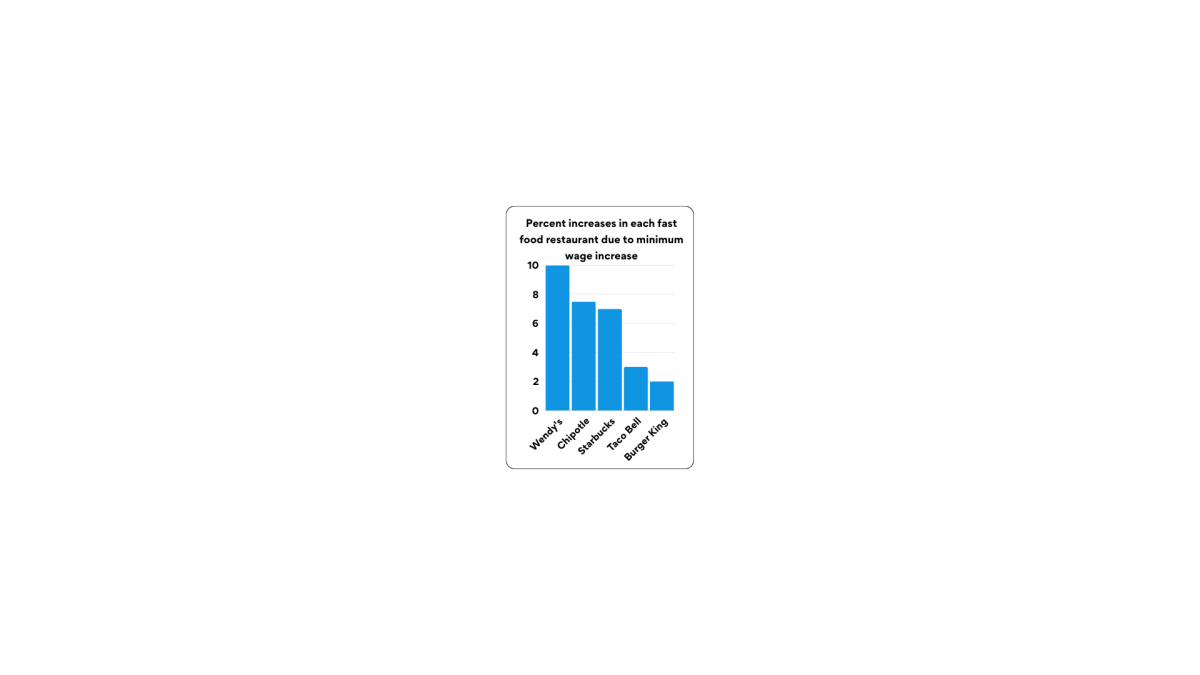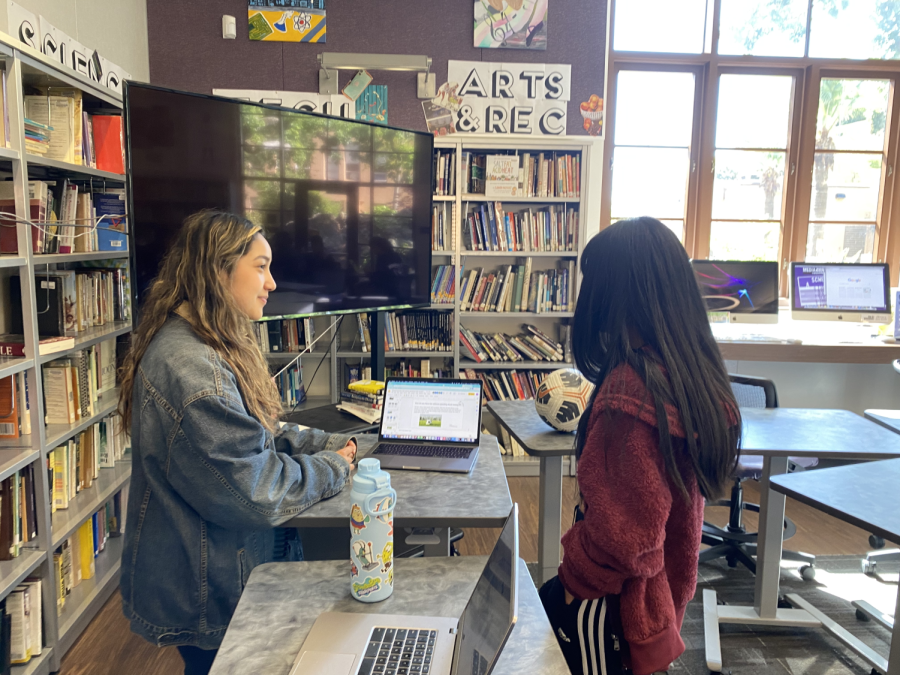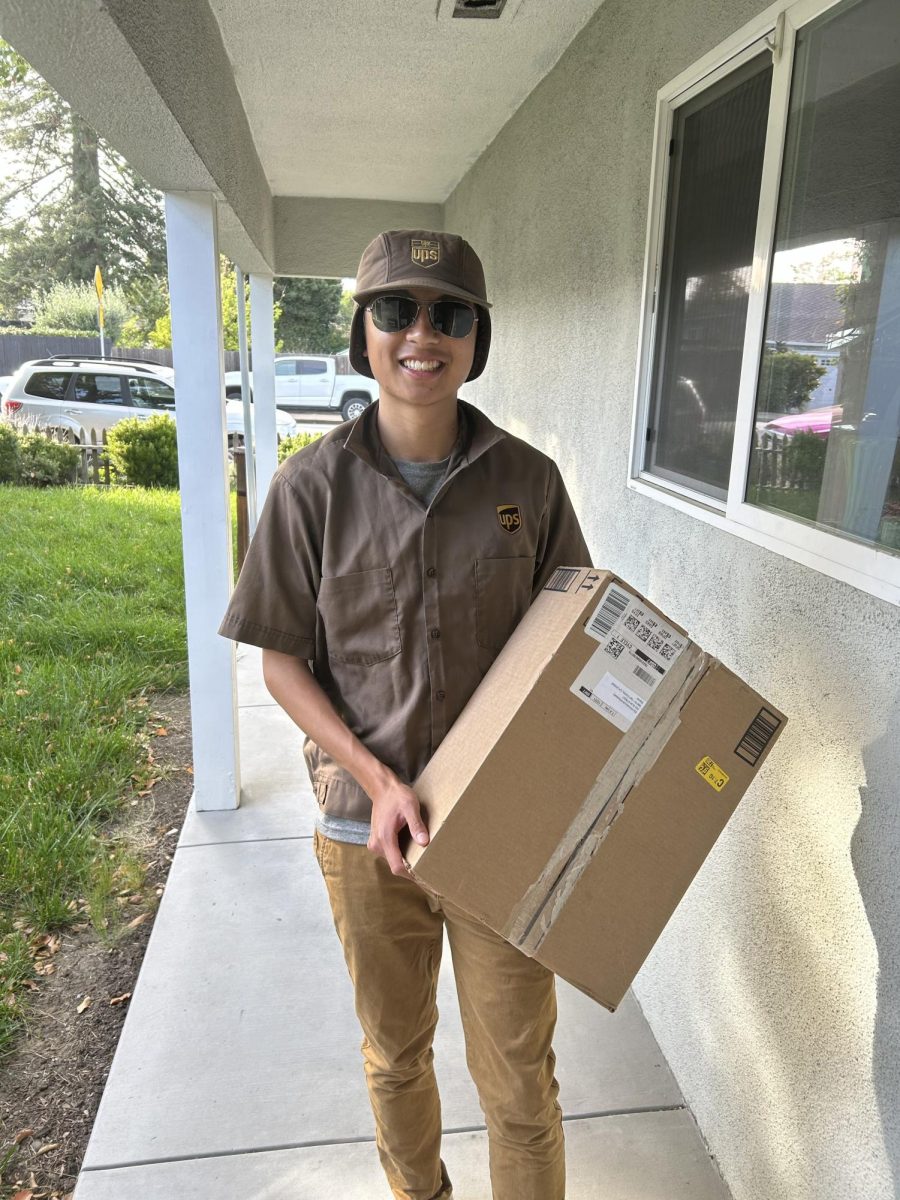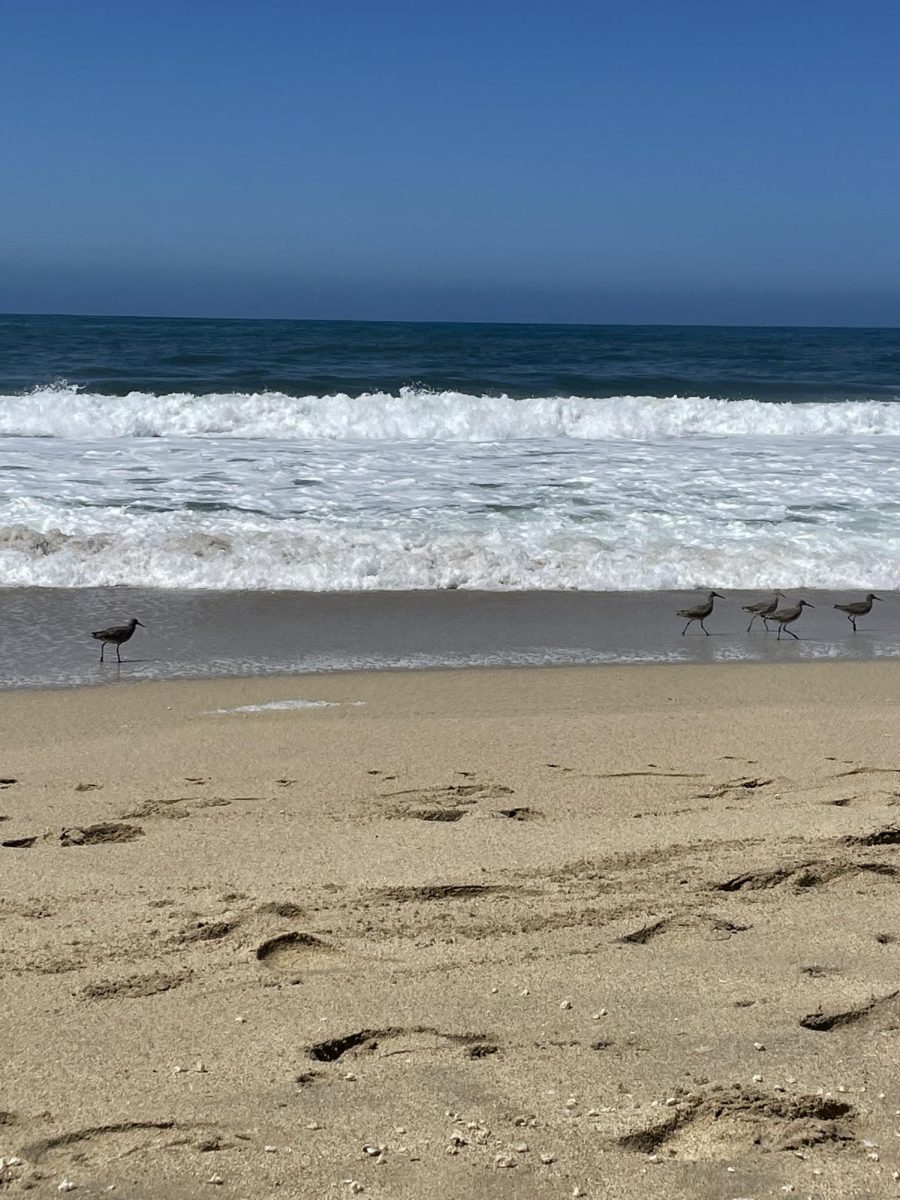Microplastics are everywhere
Eating, breathing and drinking. All essentials to maintaining life, all facets for microplastics to enter your body. Microplastics are from bigger pieces of plastic and they enter the human body through the consumption of food, drinking water and air. While these microscopic particles can seem harmless, the accumulation of them in your organs can be fatal in causing cancer and other bodily harm. How can something so small cause so much harm, and how can we prevent it?
According to the National Study of Medicine, the average human consumes at least 50,000 plastic particles a year.
Microplastics travel through the gastrointestinal tract. When they are swallowed, they interact with the normal physiological mechanisms of the body, specifically the colon and the rectum. As the microplastics travel, they interact with the colonic mucus layer, which protects your internal organs from frictional damage. The introduction of microplastics reduces the thickness of the mucus lining in our intestine, causing a reduction in its barrier function.
The Food Packaging Forum, a science communication organization providing information on chemicals in all food packaging materials, connects the introduction of microplastics in the human body to cancer in results from new studies.
According to data from environmental science researcher Gregory Zarus, “[There was found to be] an increased risk of lung cancer associated with exposure to high concentrations of polyvinyl chloride (PVC) microplastic ‘dust’ particles. Besides effects on the respiratory system, exposure to PVC was further associated with liver damage including lung cancers.”
The relationship between cancer and microplastics is a newer area of study, meaning the connections haven’t been fully realized. However, scientists delving into this topic have hypothesized how one can affect the other.
“[Cancer] comes up [as] a series of genetic mutations. [It’s a] domino effect of multiple mutations [happening] in a particular order [that] end up causing cancer. It’s possible that plastics could impact the mutations of DNA somewhere along that pathway,” IB Environmental Systems and Societies and biology teacher Daisy Yeung said.
Sequoia is not immune to this issue; students and staff regularly use plastic water bottles and single-use packaging that can introduce microplastics into their bodies.
Plastic is used commonly in many aspects of daily life, on the Sequoia campus and at home, more than people recognize.
“[I often use] Tupperware and some [plastic] utensils,” sophomore Rhodny Luis Noto said.
A significant issue with microplastics is their lack of biodegradability into organic molecules that can be healthily reintroduced into our environment. Microplastics are up to the size of a pencil eraser shaving, being roughly five to six millimeters in diameter, taking up to 1,000 years to degrade completely.
In the ocean, marine animals consume microplastics from litter, as microplastics are the size of a grain of sand. Plastic litter in the ocean erodes into millimeter-sized pieces from being broken down by waves. Their commonly bright colors stand out to marine animals and are mistaken by them for food.
“I don’t go [to the beach] often, but when I do, I usually see those specks of white or rainbow [in the sand]. […] They’re microplastics, which leads [me to understand just] how much sea animals consume microplastics,” Luis Noto said.
Not only are microplastics found in seafood, but they have been identified in drinking water. Unfortunately, standard water treatment facilities cannot remove all traces of microplastics.
“When it affects our marine life, we [need to remember that we eat] fish and we eat other foods from the ocean. [That is] another reason why we consume so much microplastics every year,” Luis Noto said.
Small changes on an individual level can lower the number of microplastics in a person’s body and can even help improve the local environment, but changes on a commercial and industrial level can make greater steps to solving this issue.
“We have got to stop the problem at the source. One of the things that was supposed to be helpful is the banning of plastic bags in California. Unfortunately, […] [the bags are] thicker now,” Yeung said. “What needs to happen is a cultural shift in disposability, I think people need to understand that nothing’s actually [completely] disposable on Earth,” Yeung said.






